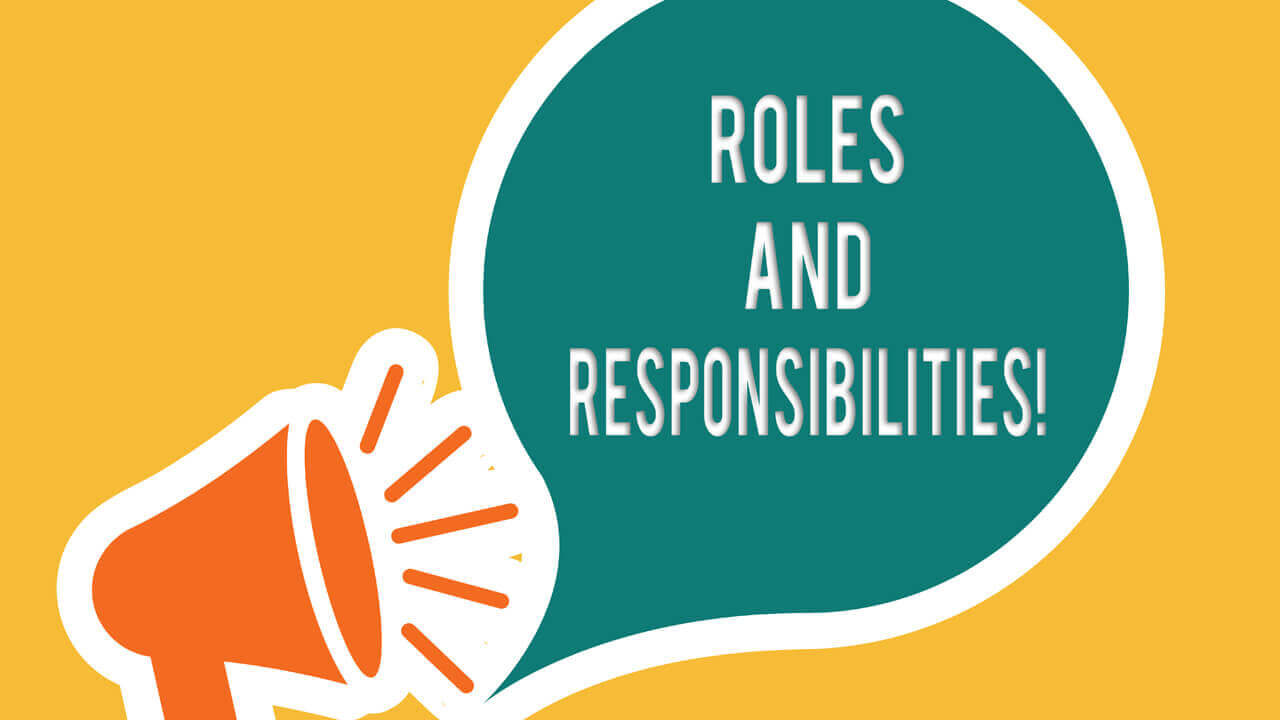
Do your employees know their roles and responsibilities? Do you know your own? Every position in a company comes with a set of expectations and perceptions that must be understood for employees to do their job correctly and for the business to operate smoothly.
When everyone knows what their job entails, things go better, to put it simply. Not only do employees perform better personally, but collaboration between teams will generate better business decisions when employees know what is expected of their coworkers too. All around, clearly defined roles and responsibilities are imperative for business success. In this blog, we’ll answer some key questions about job expectations.
Who’s Responsible for Defining Roles and Responsibilities?
The simple answer is management. Managers assign and define the roles and responsibilities for the employees under them in the organization. If any employees are unsure of what their job entails, it’s entirely possible that the fault lies with them. But it’s equally as possible that management overlooked something or didn’t explain clearly enough when they defined an individual employee’s roles and responsibilities. It’s good practice as a manager to confirm with employees that they know their job expectations before you send them on their way.
What’s the Difference Between Roles, Responsibilities, Job Titles, and Job Descriptions?
Don’t mistake roles and job titles as synonyms. Roles incorporate job titles, but they have more to do with your position in the organization and where you stand in relation to the other positions. Essentially, it’s a matter of how your work affects everyone else’s work. This distinction might seem like splitting hairs. However, it’s a critical one.
Job descriptions compile the responsibilities into a handy list. Just be aware that a job description likely doesn’t include every responsibility applicable to any given role. Most employees have to do more than is listed on their job description. Though a clearly defined and well documented job description is imperative, employees need to be aware of any other responsibilities as dictated by the need of the business.
What’s the Best Way to Provide Clear Definitions of Roles and Responsibilities as a Manager?
Like many business problems, an employee’s misunderstanding of roles and responsibilities can be solved with communication. It’s critical to start with clear communication, rather than patching up any issues caused by miscommunication. Be proactive and answer any questions and fill any gaps in an employee’s knowledge about their expectations before you put them to work. The key to understanding roles and responsibilities is to communicate, document, and obtain agreement from your employees. You also must review your employees’ roles and responsibilities and their performance on a regular schedule.
When Is It Most Critical for Managers to Communicate Roles and Responsibilities?
Many different situations require easy access to job expectations and definitions. Here are just a few:
- When there’s a new hire. This one speaks for itself. New employees in an organization have no prior point of reference for what their role will be in their new job. Make sure to go over in detail with them what their role is, how it relates to all of the other roles in the organization, and what their responsibilities will be before they even start working.
- Project assignments. Most projects require teams, which means that each employee will have a role in the team. It’s up to the project manager to define the parameters of each team member’s responsibilities.
- Promotions. Promoted employees aren’t new to the organization, so they’re probably familiar with how their old role worked and how it related to the other roles in your company. However, their new position necessitates new definitions for their new role and responsibilities.
This list doesn’t exhaust the types of situations that managers need to be aware of by any means. It does cover some of the most common examples of times when you’ll need to clearly define roles and responsibilities, however.
How Can Online Training Help You Achieve a Comprehensive Understanding of Everyone’s Roles and Responsibilities in Your Organization?
In today’s digitally mediated work environments, online training is one of the best solutions for understanding job expectations. Check out our on-demand course library for your business training needs.